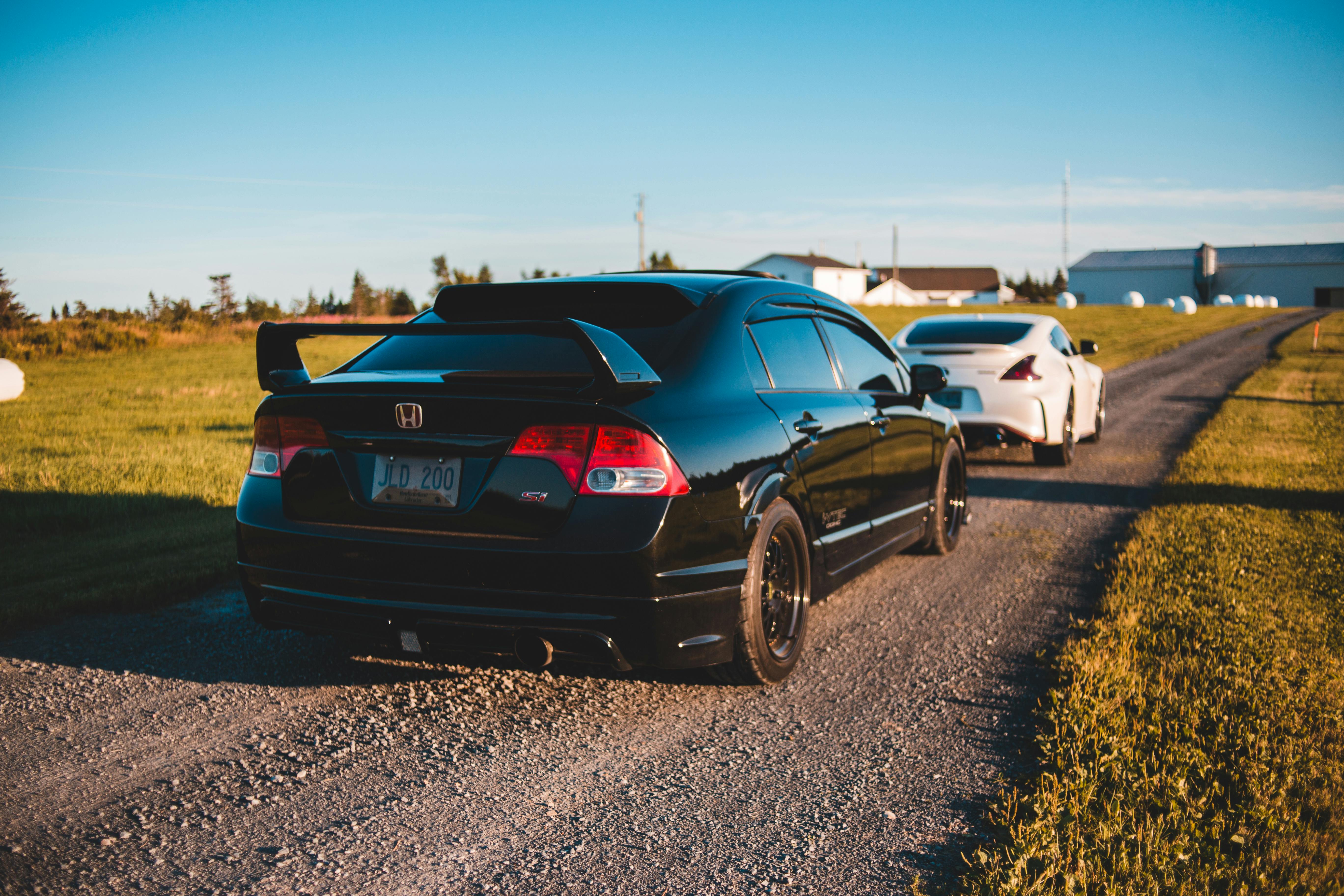A review of Boyz N the Hood: stereotypical signs and critical analysis
Boyz N the Hood is a classic African-American film that can be critically analyzed through the lens of issues of race and gender in the media. The first thing I noticed when viewing the film through that lens was the use of common signs throughout the film that were found on the street and in the neighborhood. These signs served as a visual reinforcement to the paths that these young people traveled in the neighborhoods in which they grew up.
For example, immediately after a title card displaying a grim stat that directly correlated to the theme of Boyz N the Hood was followed by an opening shot of a red “Stop” sign on the street it passed over. an airplane as if to indicate the rest. of the world still pays no attention to the problems faced by the children of this neighborhood.
There was also a “one way” street sign in the background of two shots as children were walking to or from school. There was also a bright red “Wrong Way” sign just before the body, serving as both a message that the crime committed is not the right way to do things, and also a subtle visual clue that these kids are going for a crime. alone. path path that can lead them down the wrong path in life. To top it off, the writer-director made sure to add yellow police caution tape to signal to the audience that these types of scenarios in this movie and in real life deserve our cautious attention; however, in the film, the children ignored the warning tape that leads to the following scenes of Trae losing his temper and being sent to live with his father, who teaches him to be careful and ultimately puts him in a way in which he is capable. overcome all the warning signs shown and reiterated throughout this film that indicate that there was only one way, the wrong way, to live and survive in this neighborhood. Near the end of the movie, there was one more sign that was highlighted by the corpses of the guys who killed Ricky that featured the word exit. However, I was glad to see a title card at the end of the movie with some uplifting information stating that Trae went to college at Morehouse University in Atlanta, GA. The use of street signs, statistics and written information was always present in this film. Although I had never paid much attention to them before, they may have served to etch this powerful message about these children who grew up in this neighborhood into my psyche as I watched this movie at different stages of my life ever since I was a child. .
Now that I saw it this week, I was saddened to see the drawing by elementary school students that portrays a black man in a white t-shirt with his hands up in front of what appears to be a black and white police car. This film was produced in 1991 and more than twenty-five years later, in 2015, Black men continue to be profiled, brutally harassed, and killed by police officers, even when their hands are up and no gun is on or near them. their bodies. That hurts.
Addressable stereotypes in this film include the use of the term Indian as a slip of the tongue by a white American teacher who quickly corrected her mishap by rephrasing her terminology to Native American during her reference to America’s early settlers.
Another stereotype perpetuated in this film is that of the self-hating black man portrayed as the African-American cop in this “black-hating” film as Trae in his own words.
Another theme that comes to light in this film focuses on humans with physical disabilities like little Chris, who was stuck in a wheelchair for his entire adult life. Just a one-word dialogue, “Mannn…”, with a sincere expression of disappointment highlights how people with physical limitations are often left out during a mission by those who are mobile and without limitations as in the scene in the one Little Chris sees the rest of his friends go off in search of the guys who killed Ricky.
I think Native Americans are still stereotypically referred to as Indians in the media. However, I think the stereotype of the self-hating black man is less perpetuated now than it was in the past. However, the stereotype of the self-hating black man has been replaced by other stereotypes about stereotypical characteristics of black men that could make black men hate or devalue themselves if not addressed.
Finally, I think thugs in movies are still often portrayed as violent African-Americans and/or minority men who recklessly attack people, similar to the stereotypical roles found in Boyz N the Hood portrayed by characters minor African Americans like the young teenagers in the gang that stole Ricky’s soccer ball when he was a kid.
